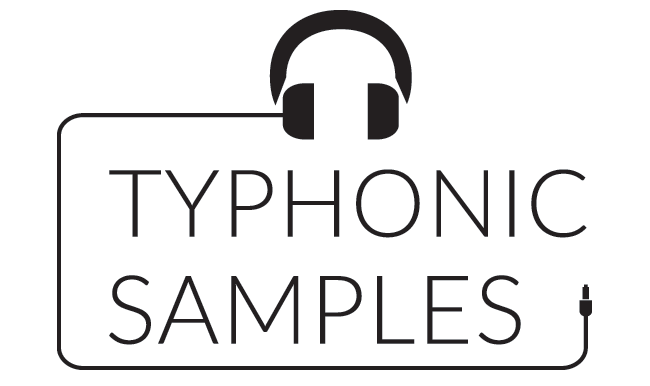House music has been around for a couple decades and I guess it will stay for a couple more. It has changed and evolved to many sub genres, but the importance of a well-built hihat flow has been a constant throughout these changes. Hihats can give your house tracks an epic ‘bouncy’ flow if done right. And in my opinion hihats are not only one of the most important elements in house music, but also one of the most fun to make. So in this tutorial I would like to give you some of my personal tips and tricks for creating an epic hihat flow!
Find your hihats
To start off, you need to find 2 open hihats. Personally I often go for hihats that are sampled from or sound like they are from a real drum. Hihats from the Roland TR-909 are by far the most used in house music (which are recorded from a real drum). In this tutorial I will call them Open Hat 1 and Open Hat 2. Where Open Hat 1 has a longer tail and a softer attack than Open Hat 2.
If you’re looking for some free hihat samples, check out these free 909 hihats!
Set up your main open hihat
Your main hat (Open Hat 1) needs to go at every third beat, but you split it up to Open Hat 1a and 1b as shown in the image below. This will give you more control over how ‘bouncy’ the flow will be. So set it up like this:
The general idea of setting your main open hat up like this, is to have the same open hat sample at every hit, but to allow for slight deviation between the two clones.
The first step is to adjust the volume of every open hat a tiny bit. After that you can make Open Hat 1b a bit shorter than 1a. You will notice this will instantly give you a groovier flow than using the same length for both. And you can also soften the attack of Open Hat 1a to get an ever better bounce.
Open hihats 1a and 1b with no edits
Open hihats 1a and 1b with first edits
If you want to keep going, try adjusting the pitch of 1a or 1b. And since you’ve made 2 channels, try sending them both to a different mixer channel and give them slightly different reverbs. I recommend to only make small edits to each as they still have to remain similar. The second open hihat will take care of more rhythm in your flow.
Set up your second (supportive) open hihat to add rhythm
Your hihat flow should sound bouncy already but probably lacks some rhythm. For that we grab a second open hihat.
You can place the supportive hat on all the main hihat hits, but you can add a couple more. For example on the first kick and/or a double hit at the end. Also don’t forget to edit the volume of each hit a bit. But make sure the overall volume is lower than you main open hat. Check the image below to see how I’ve setup mine.
It will probably sound a bit better now, but there’s still not much extra rhythm added since it’s mostly on the same places as your main open hat. Here’s where a delay effect comes in. And I highly recommend to really play around with all the settings of the delay you’re using, but focus on the feedback volume and timing of the delay, also most delays have a “ping pong” feature which can give nice results.
Here’s my result following the tips and tricks above.
Open hihats 1a, 1b and 2 combined
And I’ve also added some drums and a bass.
Go crazy but not too crazy…
These are my basic go-to steps for creating a bouncy hihat flow. You should play around with every step you take, use different effects or add some automations to an effect. If an idea pops up, just do it; go crazy! But keep in mind that a steady hihat flow also needs to be clean. An overkill of edits will make your hihats sound sloppy. Therefore: go crazy, but not too crazy…
If you have any questions, remarks or an addition to this topic, please let me know in the comments below.


Well done
Thanks!
Wow only two comments and one of them is your response??! This has got to be one of the best hi hat tutorials I’ve ever come across: well written, very informative and really creative In terms of the way you go about using all the different things that are available ie effects, layering, pitch changes, envelope editing, etc. I like the advice go crazy but not too crazy. I always go too crazy and end up with mud. Lol. Thanks for the great advice. I tried making a hug at pattern while reading along and while it wasn’t nearly as great as yours I think with some tweaking and a few more attempts I’ll be getting to where I should be. Thanks again. It’s awesome that people like you offer such rich and helpful advice to beginners like me. I’m 25 years into mixing records but just into my first year of producing and man it’s kinda tricky! Tutorials like this are invaluable in my opinion wether you’re a beginner or a pro I think you could get something solid from this article. You’ve got a new fan. Cheers. Dj Crisco
Hey Chris, thanks for your awesome response. I really appreciate it!
I would love to hear the hihat flow that you’ve made with this tutorial. So if you can post a link or send me an email via the contact us page.
Peace!